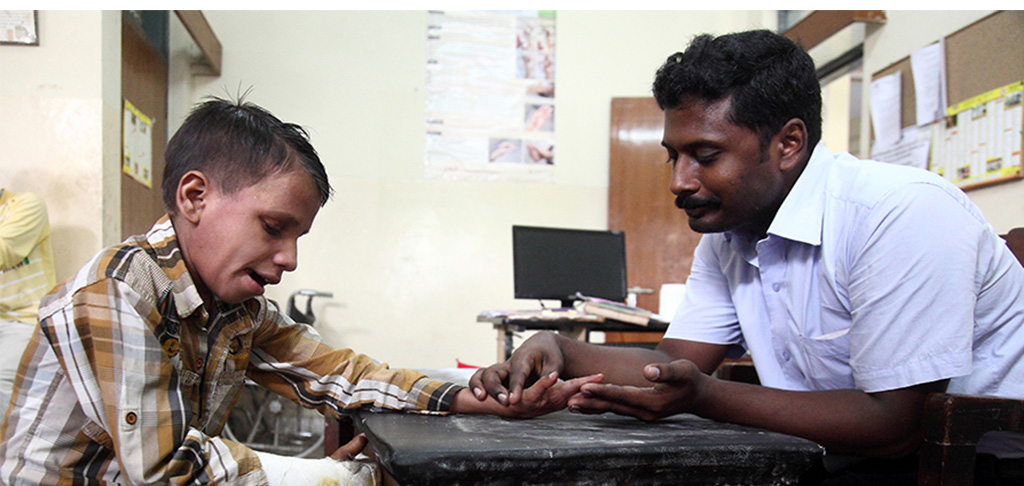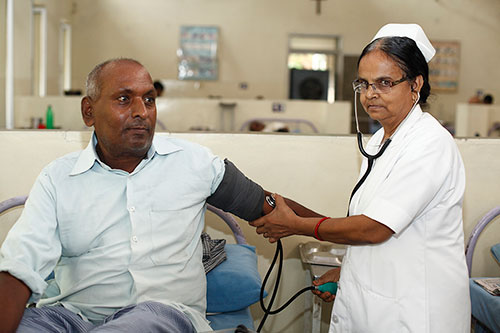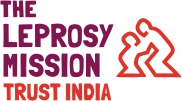
Occupational therapy
Occupational therapy (OT) is a healthcare profession that focuses on helping individuals of all ages improve their ability to engage in meaningful activities or occupations. These occupations include self-care activities (such as dressing, bathing, and eating), work-related tasks, leisure activities, and social participation. The primary goal of OT is to enable individuals to participate independently and successfully in their everyday activities, despite any physical, cognitive, or emotional limitations they may have.
In leprosy, OT is concerned with disability and restriction in participation in routine activities, including work, due to nerve involvement and reaction. The OT provides a wide range of services, includes and not limited to the following list:
NEUROMUSCULAR TRAINING
Neuromuscular training encompasses various techniques such as muscle retraining and re-education, sensory re-education, and endurance training. These methods aim to improve muscle function, sensory perception, and overall endurance.
ACTIVITIES OF DAILY LIVING TRAINING
Activities of Daily Living (ADL) training focuses on promoting functional independence in essential tasks such as self-care, writing, and toileting. The goal is to enable individuals to perform these activities independently and effectively.
VOCATIONAL REHABILITATION
Vocational rehabilitation involves interventions such as work hardening, modifying work tasks to accommodate disabilities, and providing ergonomic consultations. These efforts aim to enhance individuals’ ability to engage in meaningful employment.
SPLINT DESIGN & FABRICATION
Splint design and fabrication are utilized to facilitate functional recovery and prevent or correct deformities. Splints are custom-made devices that support and protect joints, allowing for improved mobility and function.
ASSISTIVE ADAPTIVE DEVICES
Assistive adaptive devices are tools and equipment designed to assist individuals in achieving greater independence in their activities. These devices enable individuals to overcome physical limitations and carry out tasks more effectively.
ENVIRONMENTAL MODIFICATION
The environmental modification involves making changes to the home and work environment to enhance accessibility for individuals with disabilities. This may include installing ramps and grab bars or modifying workstations to accommodate specific needs.
INTERFERENTIAL THERAPY
Interferential therapy is a therapeutic technique that uses electrical stimulation to alleviate pain and promote healing. It involves the application of low-frequency electrical currents to target specific areas of the body.
SPECIALIZED CHILD HEALTH SERVICES
Specialized child health services encompass a range of interventions, such as handwriting remediation and school-based interventions. These services are tailored to address the unique needs of children and promote their overall development.
WAX BATH
Wax bath therapy involves immersing a body part in a warm wax bath to provide heat and pain relief. This therapy is commonly used in rehabilitation settings to enhance joint mobility and relieve discomfort.
MENTAL HEALTH
Mental health services encompass various interventions, including stress and anxiety management, group therapy, and habit training. These services aim to support individuals in improving their emotional well-being and developing healthy coping strategies.


